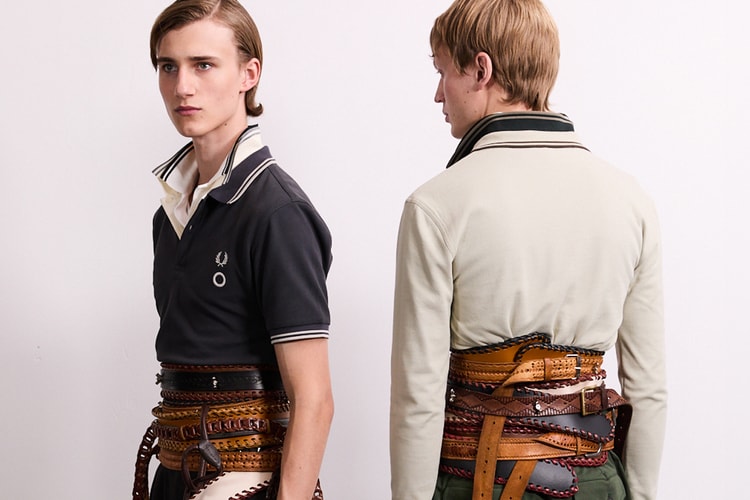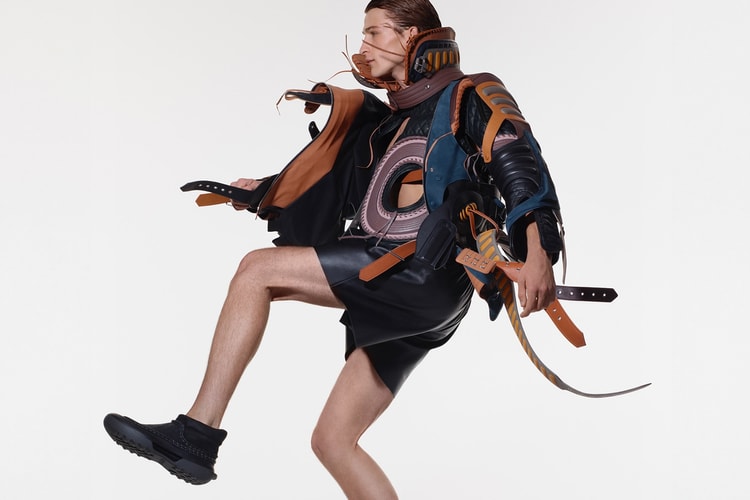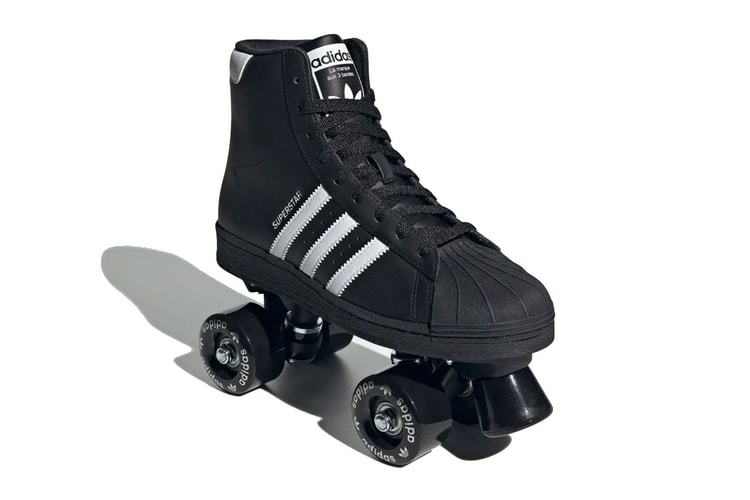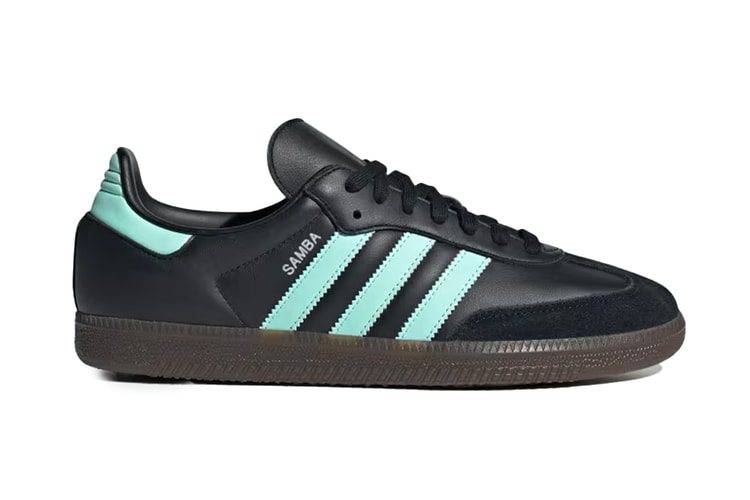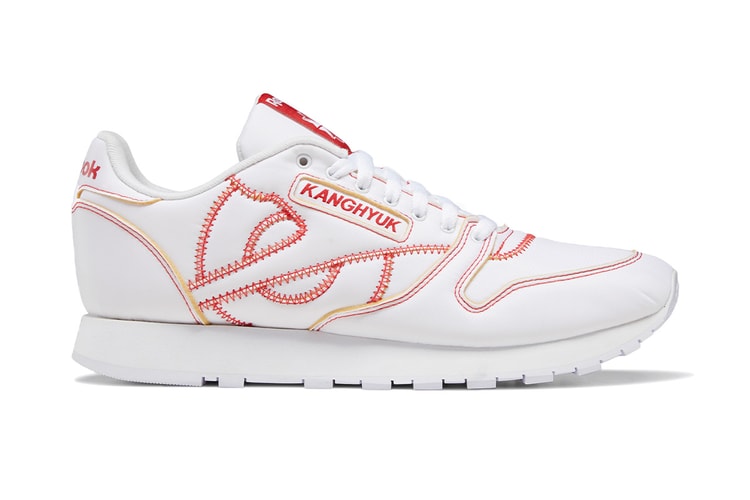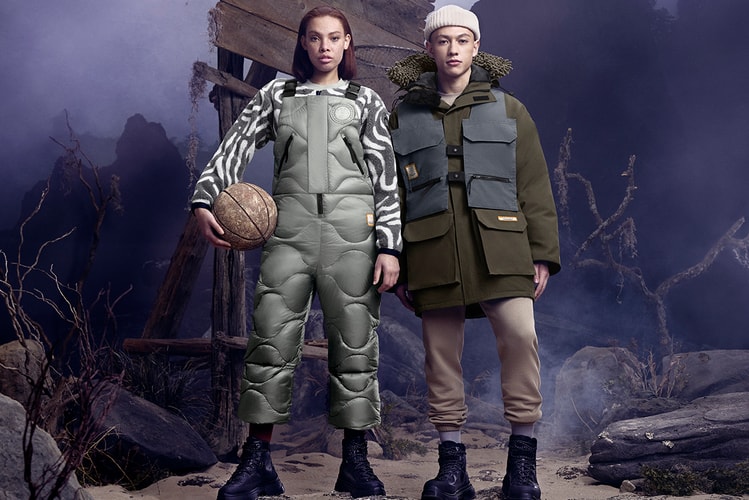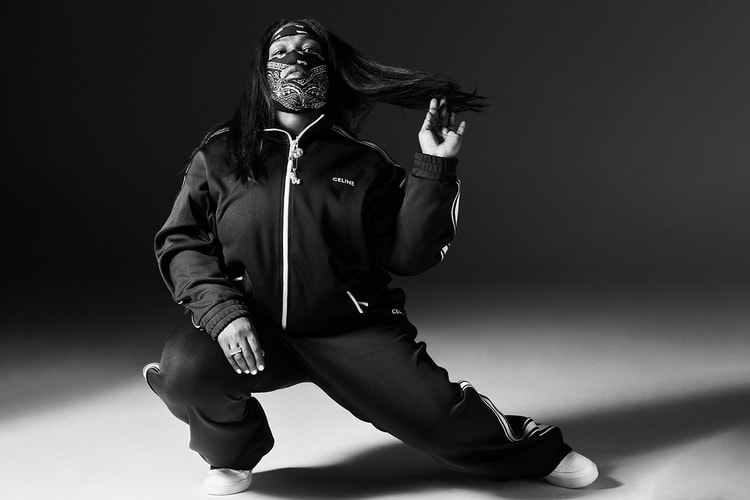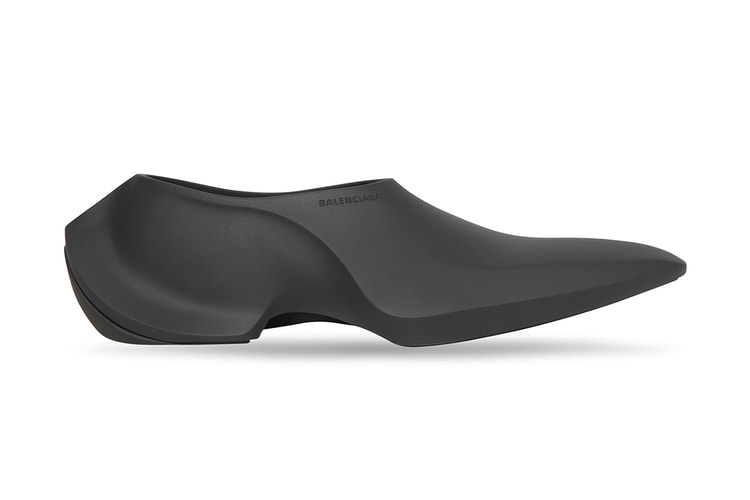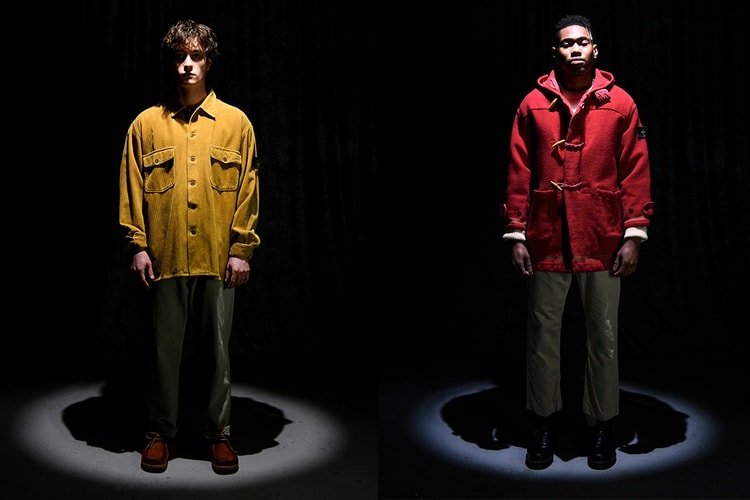Craig Green Loves to Learn
Ahead of his FW22 show, the designer tells HYPEBEAST about his adidas CG SCUBA PHORMAR and sculptural designs.

Craig Green Loves to Learn
Ahead of his FW22 show, the designer tells HYPEBEAST about his adidas CG SCUBA PHORMAR and sculptural designs.
When you step into Craig Green’s world, you’ll find everything torn apart and scrutinized within an inch of its inanimate life. For example, the core components of his adidas Originals CG SCUBA PHORMAR collaboration are broken down, analyzed and questioned to better understand how they can be reinterpreted into something else.
Green’s curiosity comes from a desire to learn which appears in many forms: trial and error, innovation, experimentation, mistakes and happy accidents. With all of this considered, Green is a creative that cannot be pigeon-holed as a fashion designer or just a frequent adidas collaborator, but someone who is excited by learning something new that he can then teach the rest of us.
His footwear designs reflect his view that “sneakers are almost like miniature sculptures.” As we’ve come to learn, each collaborative effort brings its own physical contraption, often inspired by the creative process of making the shoe in the first place. But the CG SCUBA PHORMAR and the subsequent spinning machine made for the shoe’s campaign came from somewhere else. “We thought about how we could push the shoes into something 3D or moving,” Green tells HYPEBEAST. “How do we use a simple movement technique to create the adidas Trefoil logo from shoes?”
Like much of Green’s work, it started by looking at the details – both visible and subjective. “There’s always a storytelling aspect to the sculptures and campaigns that we make. With adidas, we worked on a smaller scale that related to the shoes that we were making, using the shoe’s elements. The way we work on the shoes is in 3D, like making mini sculptures – but it’s how we translate that to be something more fantasy-led.”
With the shoe’s construction taken into account, Green starts to dissect and address the individual components to find inspiration. “The shape of the original PHORMAR was so clean, and when we looked at the shoes we saw that they started to make leaf shapes. We used the cords in the shoes as an elastic tension to change the shape of the sculpture. I guess they have a meaning, but it doesn’t start with a deep meaning, it’s more about the construction of what we could build using [the shoes].”
The result was a spinning mechanism constructed from the shoes that, when in motion, would give an illusion of the Trefoil logo. Something seemingly flat incorporates tension and motion to spin into a 3D object, turning into a far bigger concept that explains the shoe itself. “It was about expanding and shrinking, which sounds simple, but it was a complicated thing to work out that involved a lot of testing in the studio,” explains Green. In short, the shoe and the sculpture echo one another.
Sculptures are part of Craig Green’s identity – his studio is part fashion, part workshop – and after exploring how to make various conceptual interpretations of his collaborative shoes over the years, it was time for him to think about how this can be translated back into his sneakers. For the first time since Green and adidas came together for Spring/Summer 2020, the designer was tasked with making his own sole unit for his latest design, the CG SCUBA PHORMAR, which in many ways is a miniature sculpture itself.
“I think the best way to design is to work within the restrictions of something,” Green adds. ”We had to think about how it’s been used before and what it means, and we had to think of how we’d do something new with that tooling. But it was exciting that we could start from the ground up based on the aesthetics we’d already done with adidas. It’s the ultimate dream to have your own sole design with adidas, it’s quite difficult to do and it’s amazing that they were keen to take that next step with us.”.
In order to continuously evolve his collaboration, Green threaded the cords not just around the shoe, but into the sole unit on the medial side. As a result, it echoed the tension used in the mechanism, and of course, it continues the design language of his ready-to-wear line. “adidas is very open to experimentation and that’s aligned with the way that I like to work – experimenting with new techniques and technologies that they’re working with. It’s always a really exciting process,” says Green. “[adidas] has a creative lab and it builds and makes things; it’s a bit like our studio in London so that’s why it works well. There’s a lot of making, trialing, and experimenting, and the team and the technology can turn those ideas into products.”
It all harks back to what makes Green excited: the concept of trial and error to figure out how to evolve. His sculptures and his sneakers come from this inquisitive nature, allowing him to open his eyes to “a new area of design that maybe I didn’t know much about before.” Across all of his work is the same unifying theme: “I constantly learn.”









